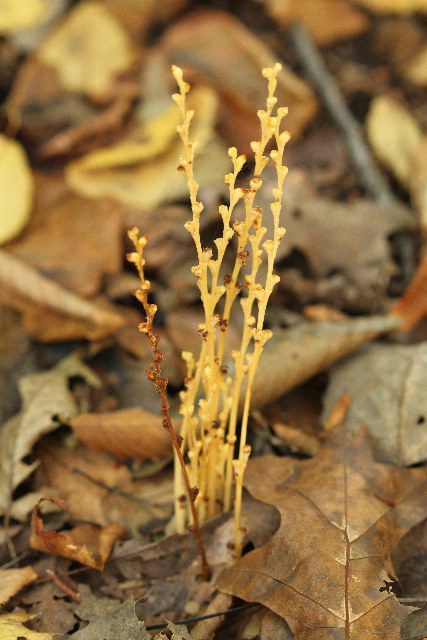"Thomas Say Awards Program 2016
OPEN NOW!
OPEN NOW!
In the fourth year of this awards program, we strive to honor naturalists who have demonstrated the highest accomplishments of our profession and have inspired greater understanding, awareness, and stewardship of our natural resources. Nominees have to be NAI Interpretive Naturalist Section members. It does take a little time to prepare a good nomination and put it together with accurate information and clear details. However, the results last a lifetime.
These awards of excellence not only provide much deserved recognition for our fellow section members, but they also bring to the attention of administrators that they have outstanding employees, whose abilities and talents are recognized by other outside professional individuals and organizations. And, at times, it helps sway agencies and their budgets to be able to send these award recipients to the conference to receive the award in front of their peers.
It is now YOUR turn to make the effort and nominate someone (or something). The awards for will be given during the section meeting at the NAI national conference in Corpus Christi, Texas, November 8-12, 2016.
The award nomination information can be found at http://naiinsection.wordpress.
*from the NAI Interpretive Naturalist Section publication The Naturalist
Need more information? Please visit https://naiinsection.files.wordpress.com/2013/05/in-section-awards_2016_individual.pdf
